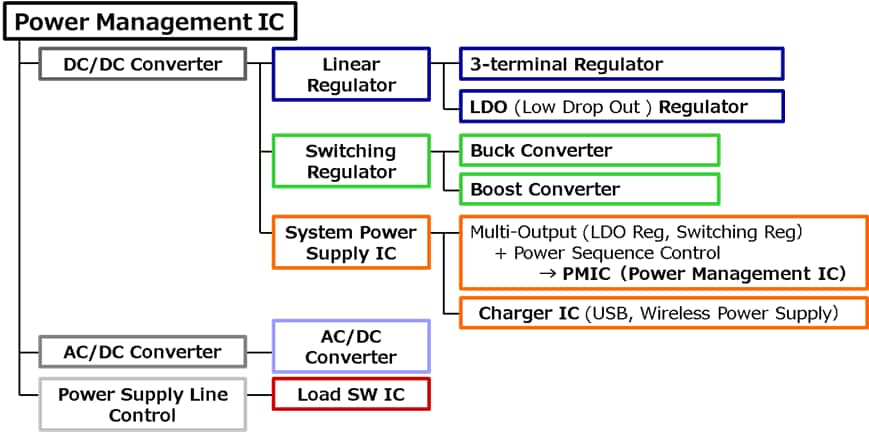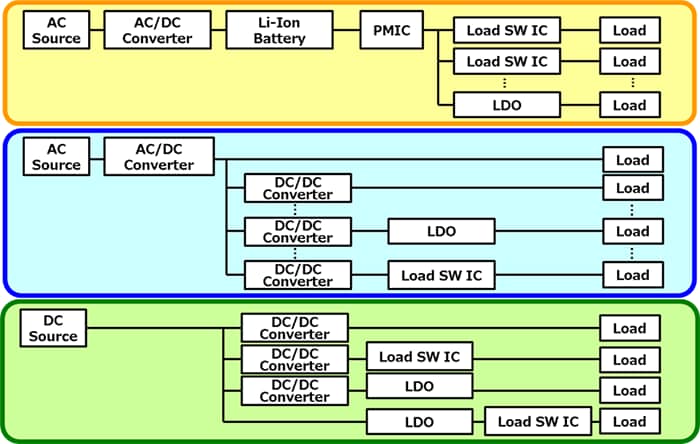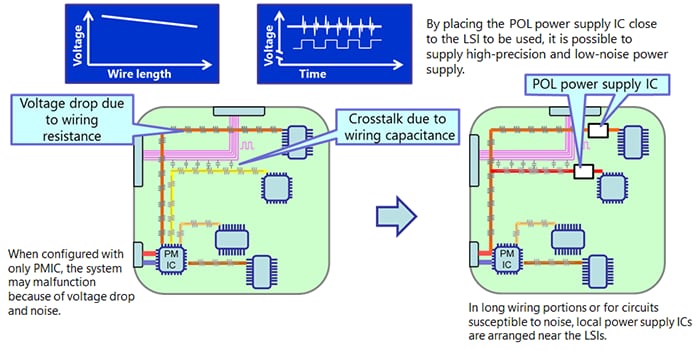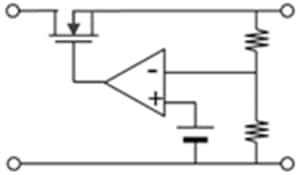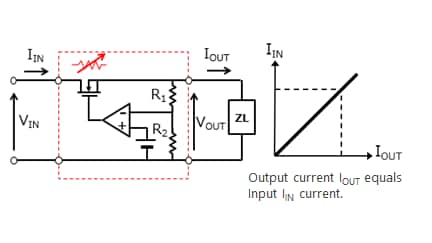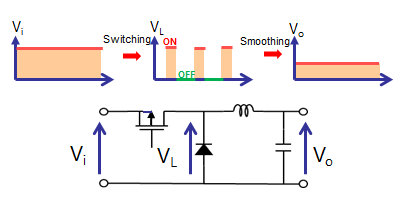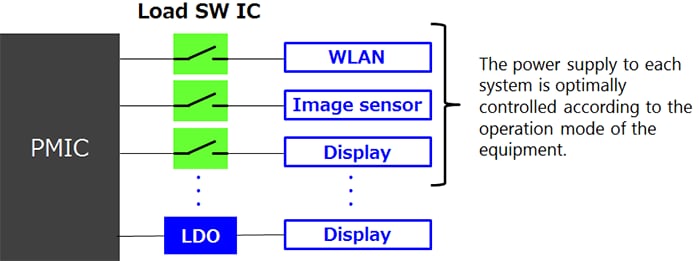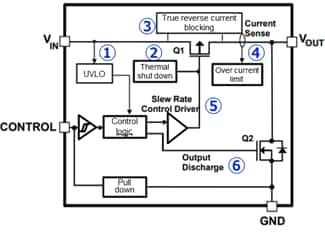- General Top
- SEMICONDUCTOR
- STORAGE
- COMPANY
-
My ToshibaSemicon
- Semiconductor Top
-
ApplicationsAutomotive
Body Electronics
xEV
In-Vehicle Infotainment
Advanced Driver-Assistance Systems (ADAS)
Chassis
IndustrialInfrastructure
BEMS/HEMS
Factory Automation
Commercial Equipment
Consumer/PersonalIoT Equipment
Healthcare
Wearable Device
Mobile
Computer Peripherals
-
ProductsAutomotive Devices
Discrete Semiconductor
Diodes
Transistors
Logic ICs
Analog Devices
Digital Devices
Wireless Devices
※
: Products list (parametric search)
Power SemiconductorsSiC Power Devices
※
: Products list (parametric search)
Isolators/Solid State RelaysPhotocouplers
Digital Isolators
Solid State Relays
Fiber Optic Transmitting Modules
※
: Products list (parametric search)
MOSFETsIGBTs/IEGTsBipolar Transistors※
: Products list (parametric search)
Diodes※
: Products list (parametric search)
MicrocontrollersMotor Driver ICsIntelligent Power ICs※
: Products list (parametric search)
Power Management ICsLinear ICs※
: Products list (parametric search)
General Purpose Logic ICsLinear Image SensorsOther Product ICsOther Product ICs
※
: Products list (parametric search)
-
Design & Development
-
Knowledge
- Where To Buy
- Part Number & Keyword Search
- Cross Reference Search
- Parametric Search
- Stock Check & Purchase
This webpage doesn't work with Internet Explorer. Please use the latest version of Google Chrome, Microsoft Edge, Mozilla Firefox or Safari.
require 3 characters or more. Search for multiple part numbers fromhere.
The information presented in this cross reference is based on TOSHIBA's selection criteria and should be treated as a suggestion only. Please carefully review the latest versions of all relevant information on the TOSHIBA products, including without limitation data sheets and validate all operating parameters of the TOSHIBA products to ensure that the suggested TOSHIBA products are truly compatible with your design and application.Please note that this cross reference is based on TOSHIBA's estimate of compatibility with other manufacturers' products, based on other manufacturers' published data, at the time the data was collected.TOSHIBA is not responsible for any incorrect or incomplete information. Information is subject to change at any time without notice.
require 3 characters or more.
Functions of LDO
Download "Chapter IV : Local Power Supply ICs" (PDF:770KB)
(1)Under voltage lock out (UVLO)
This function places the IC in the standby state when the input voltage drops below the specified input voltage so that the internal circuit becomes unstable and malfunction does not occur.
(2)Current limit
This function protects against degradation and destruction due to heat generation of the device itself when the output terminal VOUT goes into an unintentional short mode state. There are two types of overcurrent protection: the foldback type that simultaneously reduces the output current and output voltage, and the current limiter type that reduces the output voltage while keeping the output current constant.
(3)Thermal shut down (TSD)
It is a circuit to prevent deterioration and destruction of the device because of remarkable ambient temperature rise, heat generation of the device itself due to unintentional high current load etc. When the specified temperature is detected by the internal temperature detection circuit, the output transistor is turned off.
(4)Output discharge
When the output transistor is turned off, the terminal voltage of VOUT may remain for a certain time depending on the load capacitance connected to the output terminal. This circuit rapidly discharges the charge accumulated on the load side and drops the VOUT terminal voltage to near the IC GND.
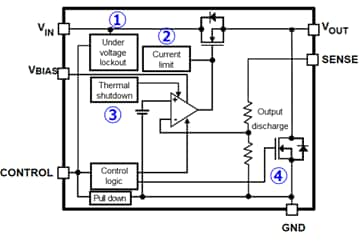
Chapter IV : Local Power Supply ICs
Related information
- Products
- Application Notes
- FAQ
